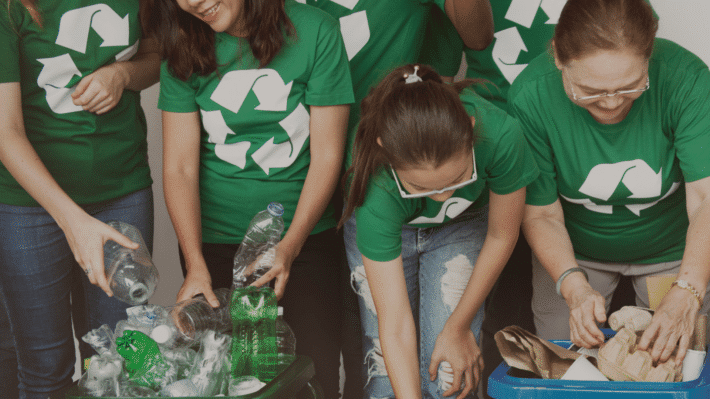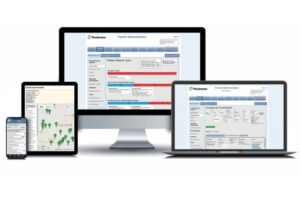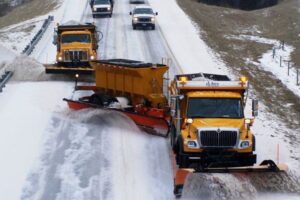At ReCollect, we spend a lot of time researching how best to communicate with residents about collection schedules. Ryan, one of our waste communication specialists, is a fan of Community-Based Social Marketing (CBSM), and has done a lot of research into it. In Western North America, Ryan says, municipalities are adopting CBSM because of its attention to psychology, data, and step-by-step plans for success. For environmental service coordinators and educators in the field, it’s a robust approach to engaging residents on a mass scale.
According to Ryan, traditional forms of communication like radio ads, print, and billboards simply don’t work well for changing waste behaviors. Their job is to create awareness and brand recognition of a program, but that doesn’t necessarily help folks put the right items in their recycle bin. Creating awareness and branding is important to program delivery, but it should not be the only tool for reaching a mass audience, especially when contamination is such an issue to municipalities. “When people don’t put waste in the right place,” Ryan says, “it costs money downstream.”
He goes on: “Ads simply don’t fully address the complexity of how an individual interacts with their waste containers. CBSM addresses this issue by communicating differently to the citizen.”
What is Community-Based Social Marketing?
Community-based Social Marketing (CBSM) approaches communications in a new light. It emphasizes personal contact between community members, with the goal to foster behavioral change. CBSM identifies the need for a behavioral change, addresses the roadblocks that lead to the behavior, develops a pilot program to overcome these roadblocks, and evaluates the effectiveness of the strategy thereafter.
Why is CBSM so popular?
Community-Based Social Marketing differs from traditional communications. It addresses behavioral change using psychology rather than relying solely on traditional marketing to educate.
City decisions thrive on good data, and CBSM does data really, really well. The process forces you to collect data, and then it is up to the municipality to use that data to address the issues residents are having. These could include participation, contamination, overfilling of carts, and any number of other challenges the city could be dealing with.
What are the downsides to CBSM?
We asked Ryan about the times that it might be less appropriate. The most important thing to remember is that, like any good strategy, CBSM is resource intensive. That’s always a consideration when budgets are tight.
Who’s behind all this?
Ryan can only speak of his experience, but he says CBSM is an especially hot topic in Western Canada right now. Almost every conference he’s been to has had some sort of discussion or presentation that discusses CBSM in some way.
Why does ReCollect care about CBSM?
ReCollect’s tools are a natural fit for CBSM, which prioritizes a direct and conversational relationship between municipalities and residents.
To learn more about CBSM, we recommend checking out the “Fostering Sustainable Behavior” Web site at www.cbsm.com. You can read the free online book found here. We also recommend giving Ryan a call; he’s happy to speak to waste communicators of all kinds about how to best approach different challenges in the field. Contact him with questions or comments here:
Contact Ryan about Waste Communications





